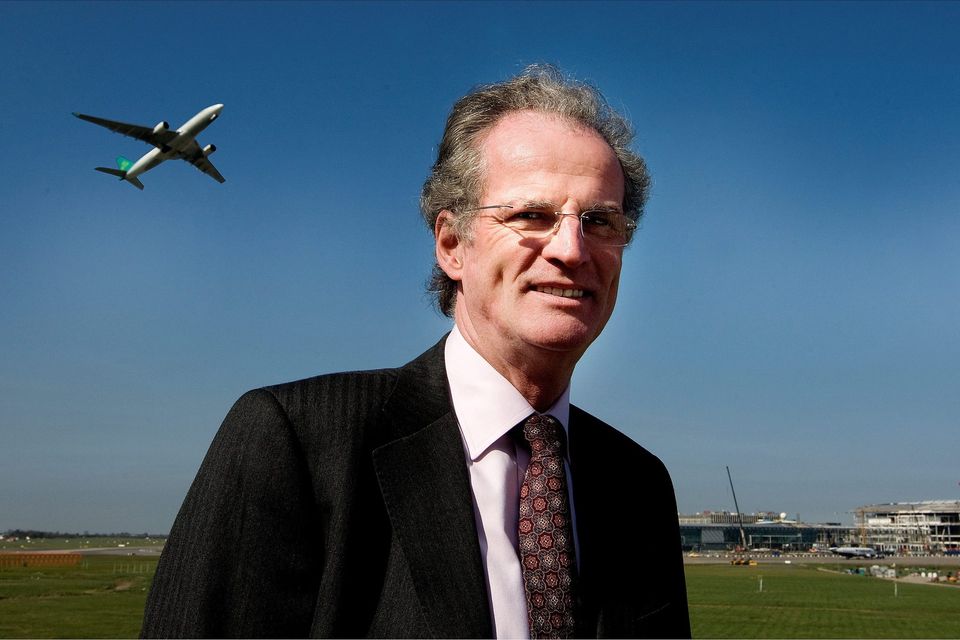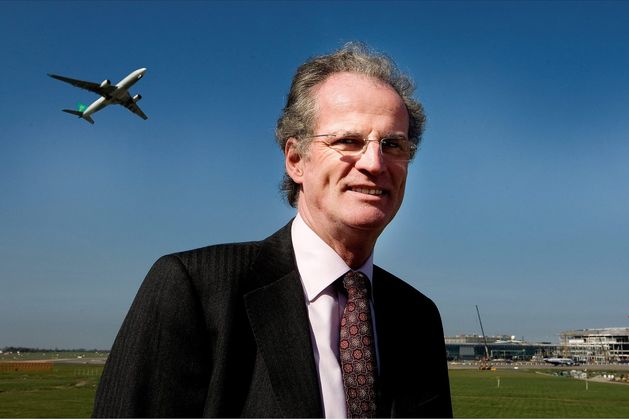The DAA has also warned that Donald Trump’s macroeconomic policy, including the imposition of tariffs, has “increased uncertainty and risk” for the broader aviation sector.
They are among the aviation groups and airlines that have made submissions to the Irish Aviation Authority (IAA) as the agency considers the maximum passenger charges that the DAA will be permitted to levy at Dublin Airport between 2027 and 2031 under its pricing determination.
Aer Lingus has claimed in its submission that the DAA has benefited from “systemic excess profits” because it “is strongly incentivised to underestimate passenger forecasts [at Dublin Airport] to place upward pressure on the per-passenger charge”.
“We believe the current infrastructure planning by DAA is insufficient to meet the needs of Ireland’s growing passenger demand and fails to uphold the regulator’s statutory duty to protect current and future passengers,” notes the submission from the McEvaddy-backed firm, DA Terminal 3 (DAT3).
The company acts on behalf of owners, including the McEvaddys, of a landbank between the two main runways at Dublin Airport, where it has been vying to secure permission for the construction of a privately-owned third terminal at the gateway.

Ulick McEvaddy. Photo: David Conachy
Today’s News in 90 Seconds, Thursday, October 23
Dublin Airport is expected to handle about 36 million passengers this year. A 32 million annual passenger cap was introduced in 2007 as a planning condition attached to the construction of Terminal 2. However, that cap is all but suspended following related challenges to the High Court that resulted in certain matters related to the cap being referred to Europe.
The DAA, whose chief executive is Kenny Jacobs, has an infrastructure development application with Fingal County Council that also seeks to lift Dublin Airport’s annual passenger capacity to 40 million.
“The cost anticipated by the DAA for its proposed developments and increasing the capacity by a mere 20pc is €2.2bn,” the McEvaddy firm has insisted in its submission to the IAA. “For approximately the same investment on a new terminal building, DAT3 will double the capacity.”
The DAA has previously dismissed the DAT3’s calls for a third terminal, and specifically one at the location proposed by the group. DAT3 has also been trying to sell the land on which it planned to build the third terminal.
The DAA has told the IAA that “more regulatory flexibility may have to be provided to Dublin Airport to be able to weather these uncertainties, to ensure it is able to remain financeable, and provide outcomes in the best interests of passengers”.
“Geopolitical conflicts across Ukraine and the Middle East have had an acute impact on the global aviation industry, including flight schedules, fuel supplies and prices, and overall passenger demand,” it said.
“US macroeconomic policy including the imposition of tariffs on various nations as well as goods and services, has increased uncertainty and risk,” notes its submission to the IAA.
It adds: “Dublin Airport is capacity constrained and will remain so for the determination timeline. This will impact demand, facilitation and ultimately passenger experience. To continue to deliver the optimal passenger experience and continued improvements, we require an appropriate charges settlement.”

